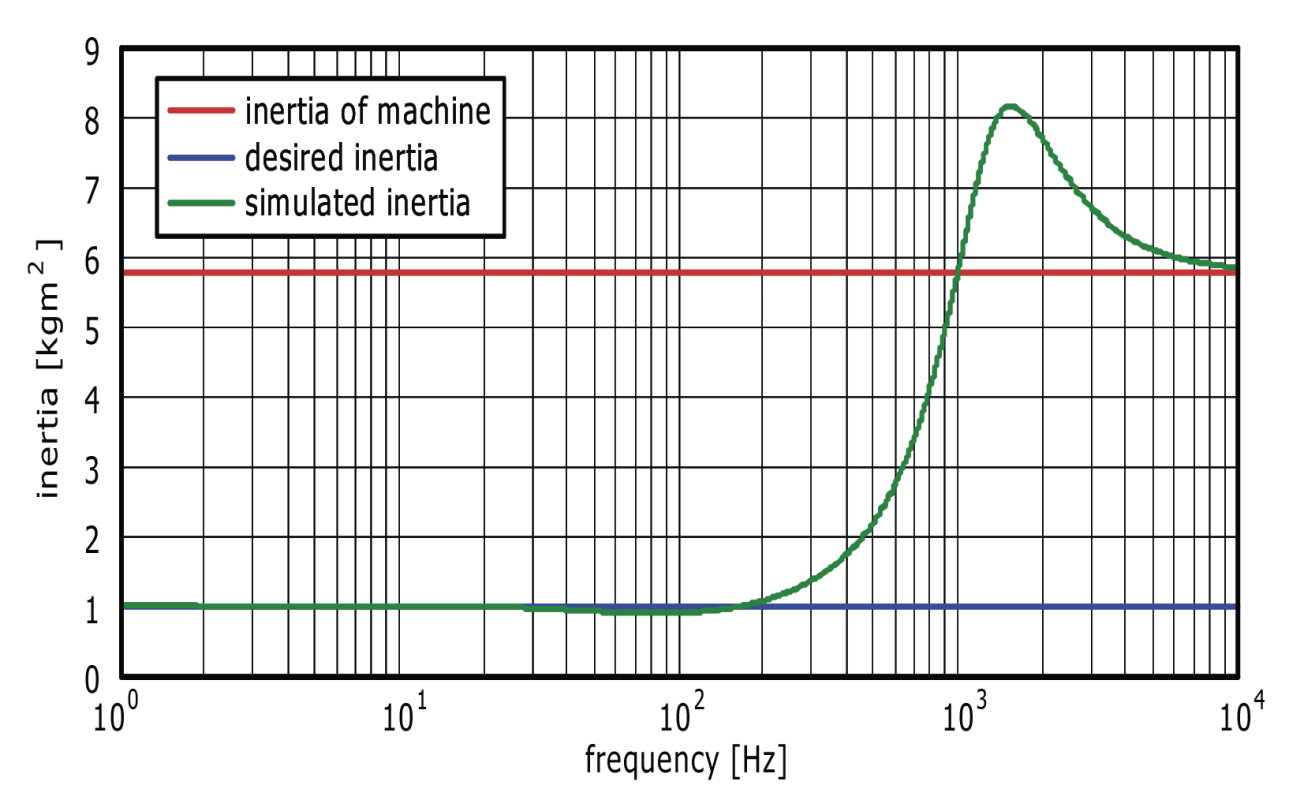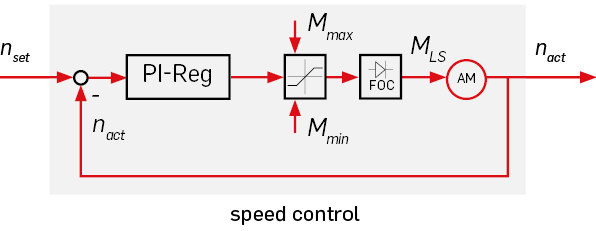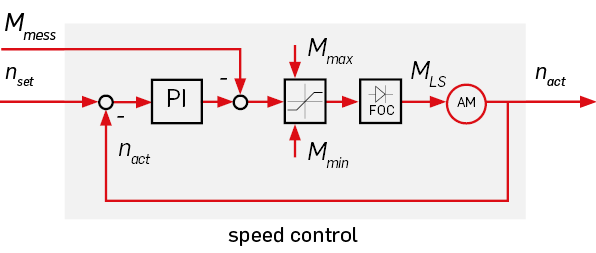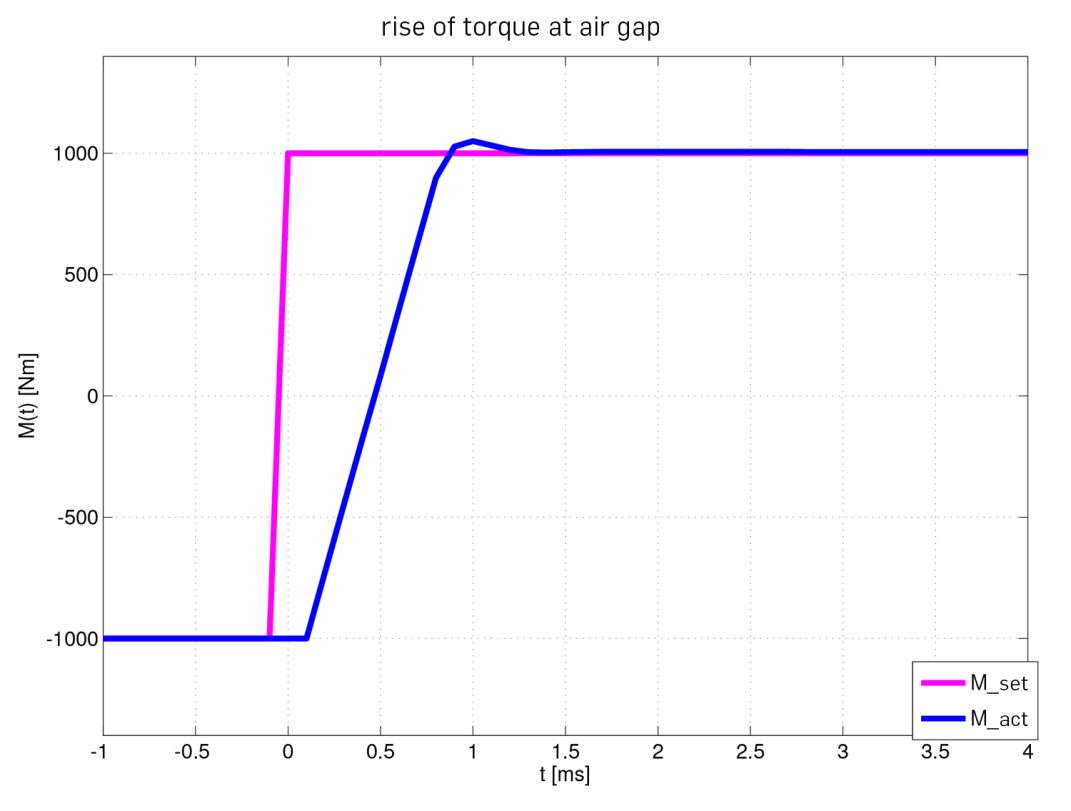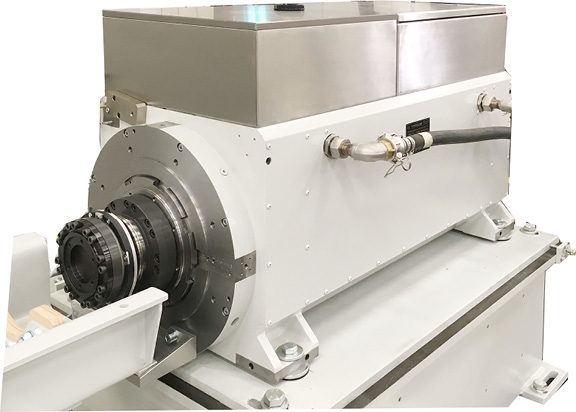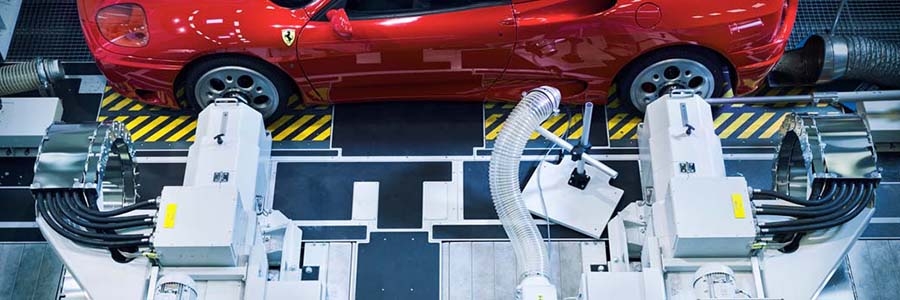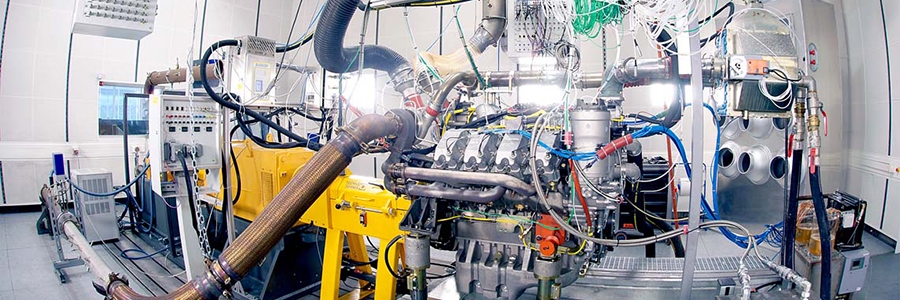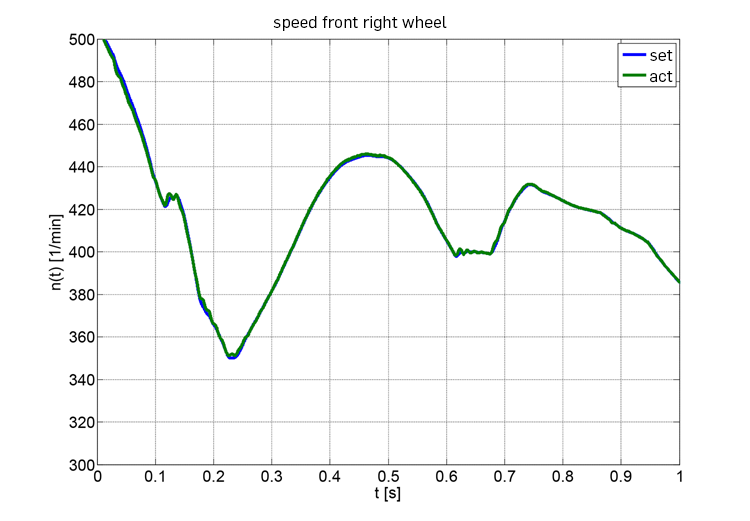KS FREQUENCY CONVERTER
FOR COMPLEX TESTING
Clever system solutions for engine and powertrain testing.
The KS R2R frequency converter is an integral part of the high-performance testing technology KS supplies for complex testing requirements. The use of cutting-edge semiconductor modules in combination with faster signal processing and holistic, model-based control engineering facilitates highly dynamic applications. The best possible control performance is achieved using mathematical models of the test bed as well as the latest control algorithms. This system solution is the key to results that have never been seen before in engine and powertrain testing.


